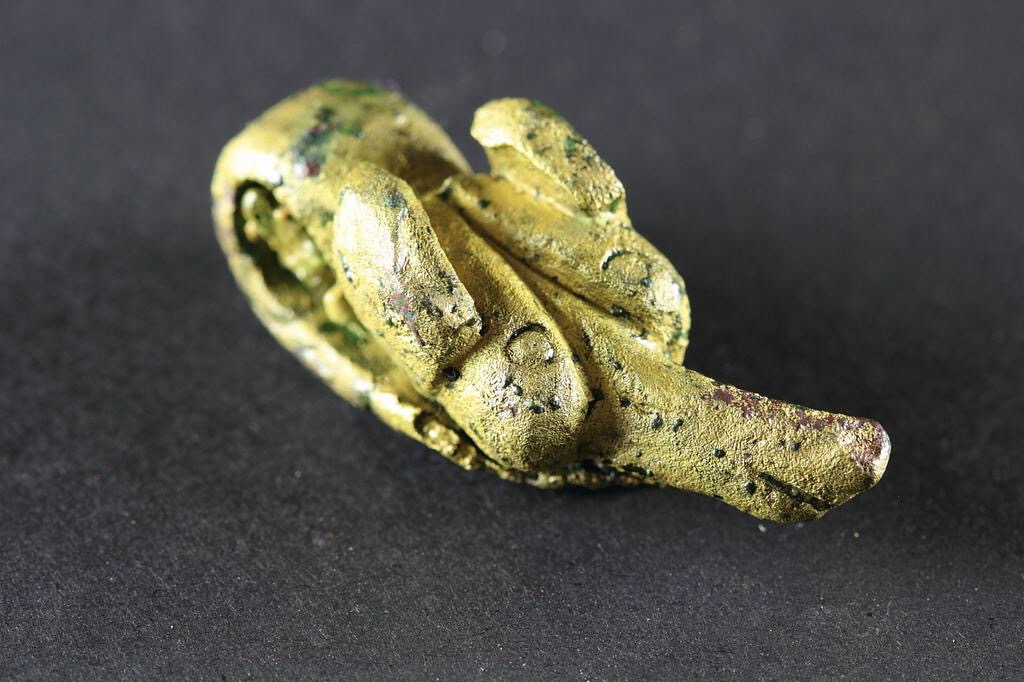
Zoom in on Finds
A RFG Member only seminar (18.00 – 19.15).
Re-examining the Rubers Law hoard
Fraser Hunter, National Museum of Scotland, Edinburgh
In 1863 a hoard of bronze vessels and other items was found on the slopes of the hillfort of Rubers Law, near Hawick. Although it crops up in the literature, it has received only cursory attention. In the course of preparing it for display in the revamped Trimontium Trust museum in Melrose, the chance was taken to undertake a detailed study. The talk will present key results from this, set in the context of bronze vessel hoards in Roman Scotland.
Roman surgical instruments: the problem of the probes
John Reid, Trimontium Trust
Surgical instruments in the ancient world underwent something of an explosive development in the first and second centuries largely driven by Roman military conquest. In design, Roman devices were largely borrowed from their Greek precursors and most of the practitioners of invasive medicine within the Roman Army were also Greek. Surgical implements were usually fashioned from bronze and most are readily identifiable by their unambiguous appearance such as the wickedly configured staphylagra or the fearsome mechanical specula. However a frequently encountered and more enigmatic type is the slender device variously known as the probe or sound. This paper examines their design and suggests some possible uses based on modern parallels
Making Meanings on the Margins of Empire: Roman Finds from the Frontier
Louisa Campbell, University of Glasgow
Louisa will bring order to the many Roman objects recovered from all non-Roman contexts in northern Britain and discusses their social significance to communities on the margins of the Empire. Moving beyond previously dominant ‘Romanisation’ models, she explores the alternative dimensions of these objects set within more recent theoretical frameworks and mapping them across the region to tease out regional, chronological, site and material variations. The approach permits a more nuanced understanding of how these colonial objects functioned in non-Roman contexts and serves as a model that may be applicable in other provincial contexts.
- This event has passed.


